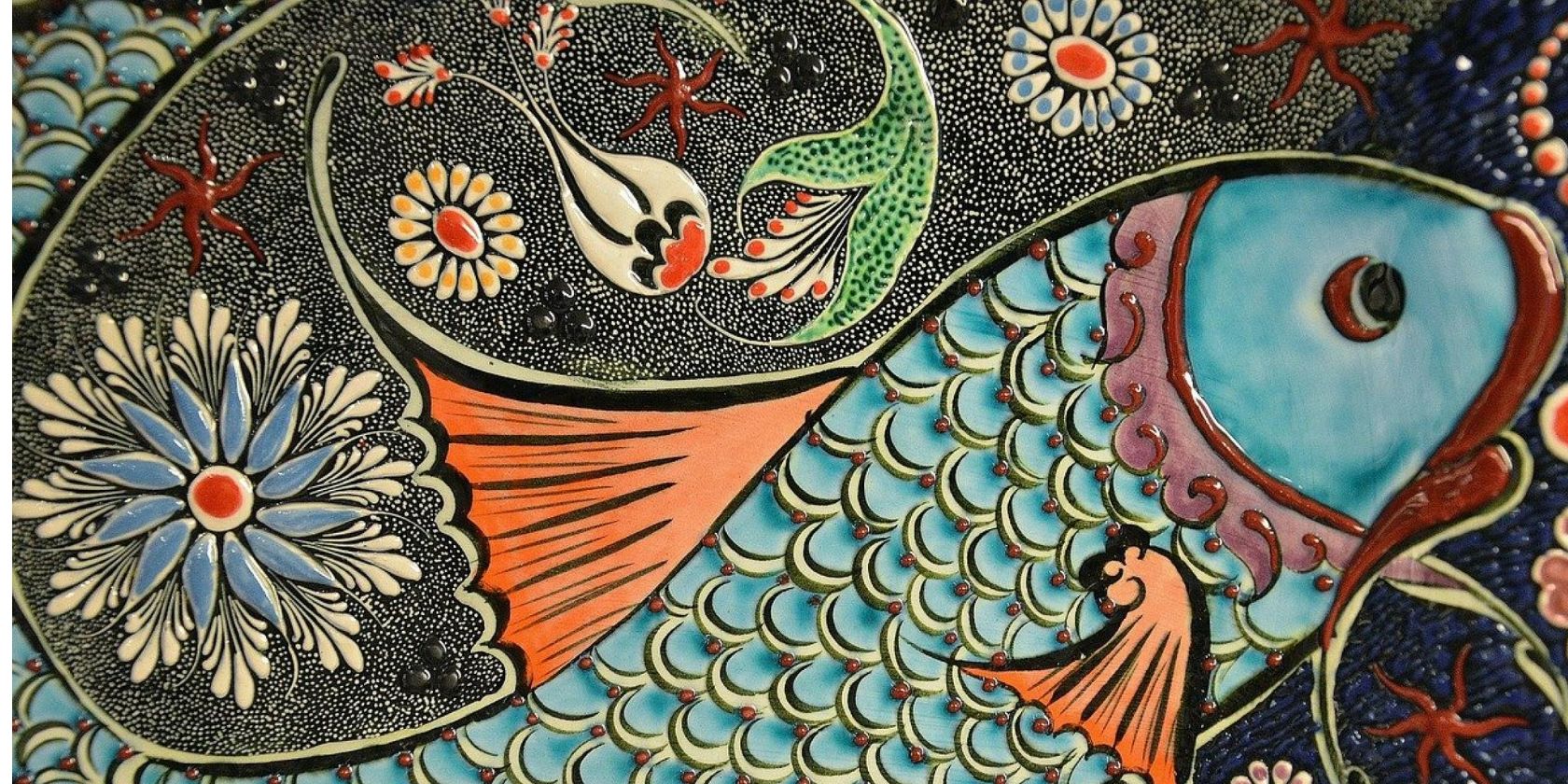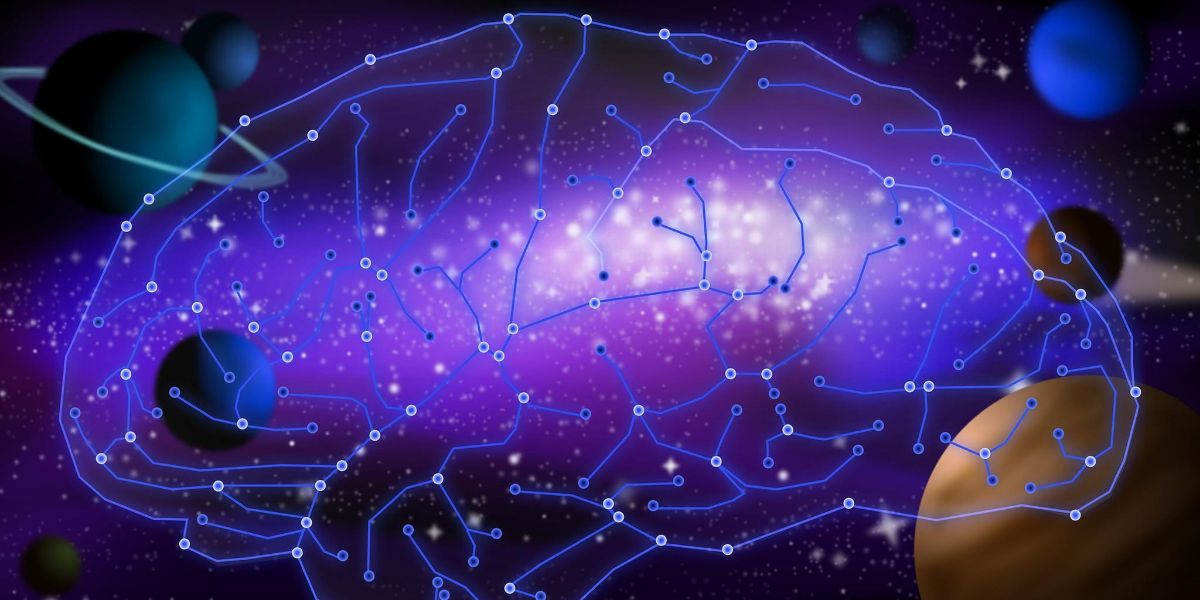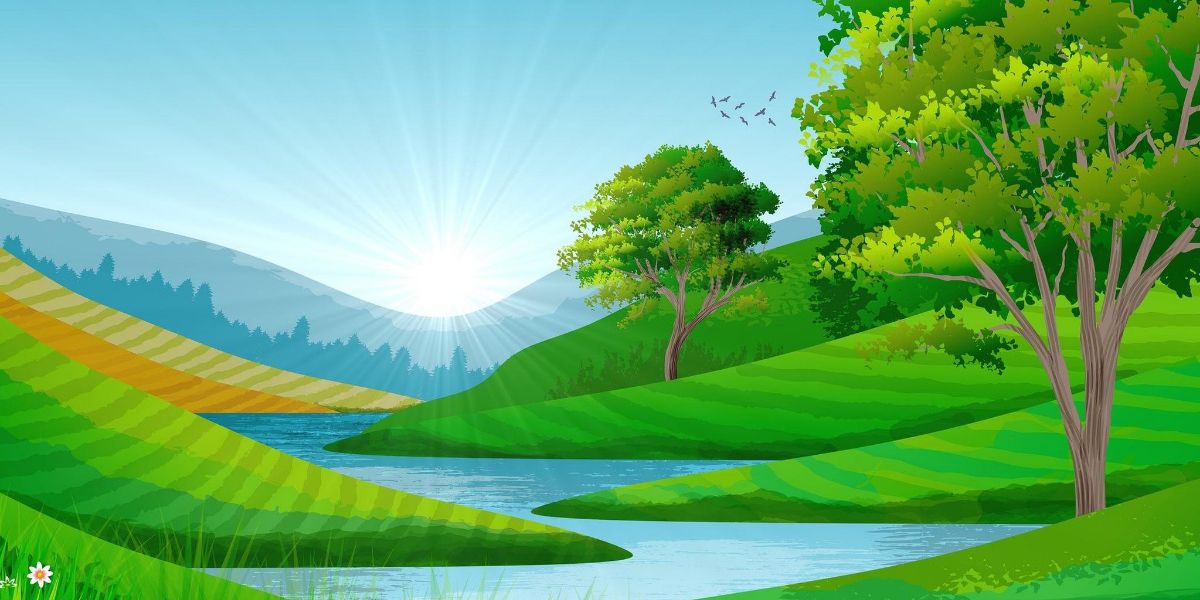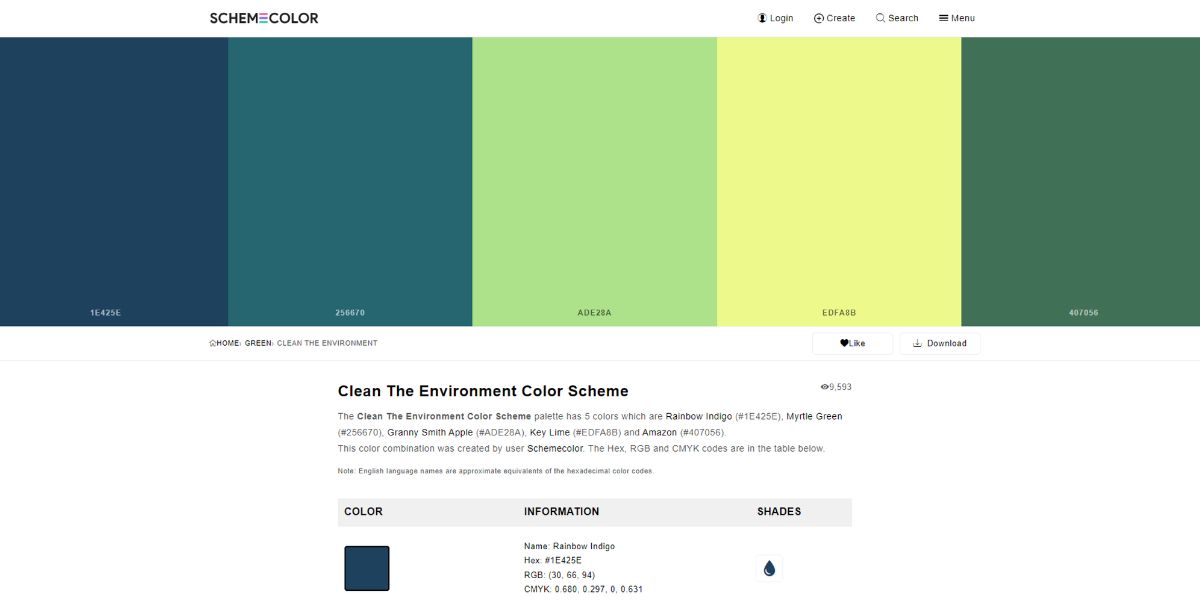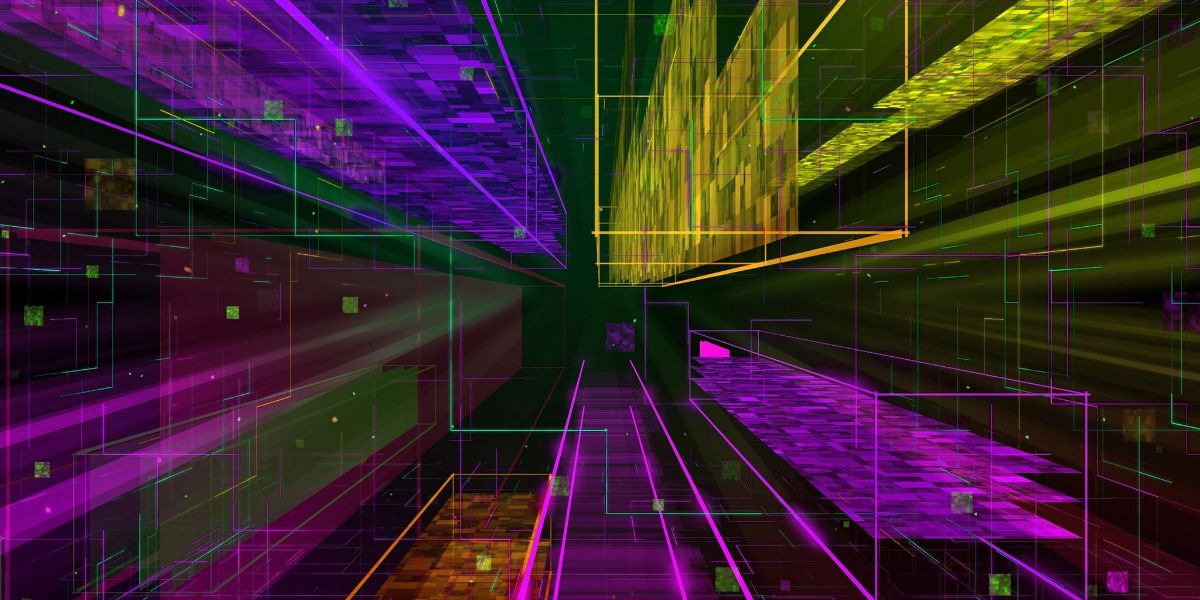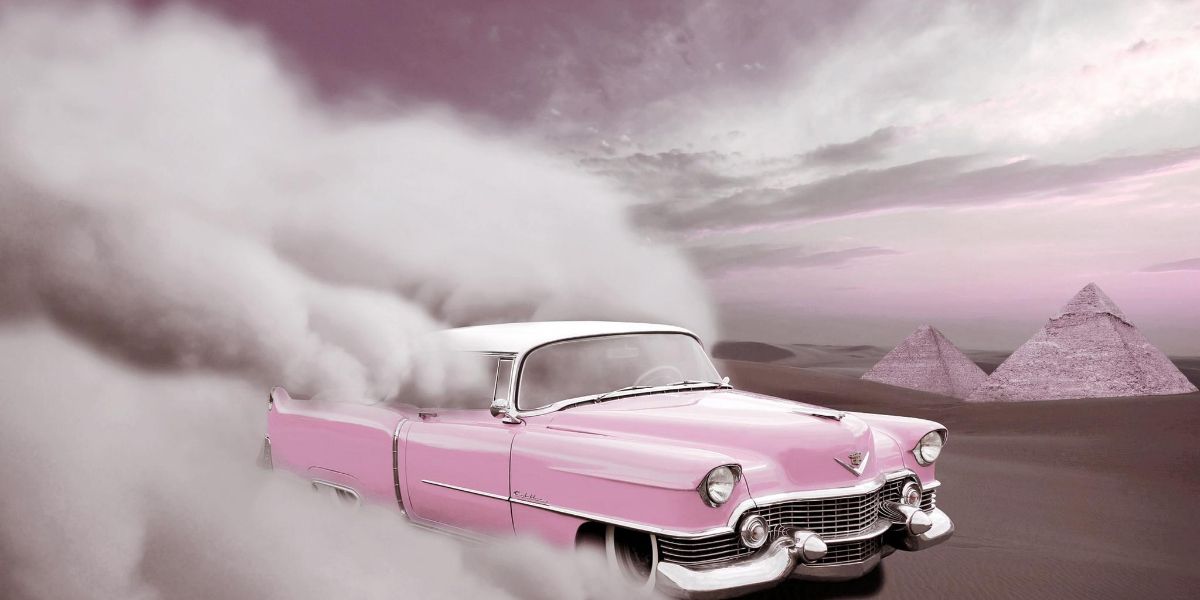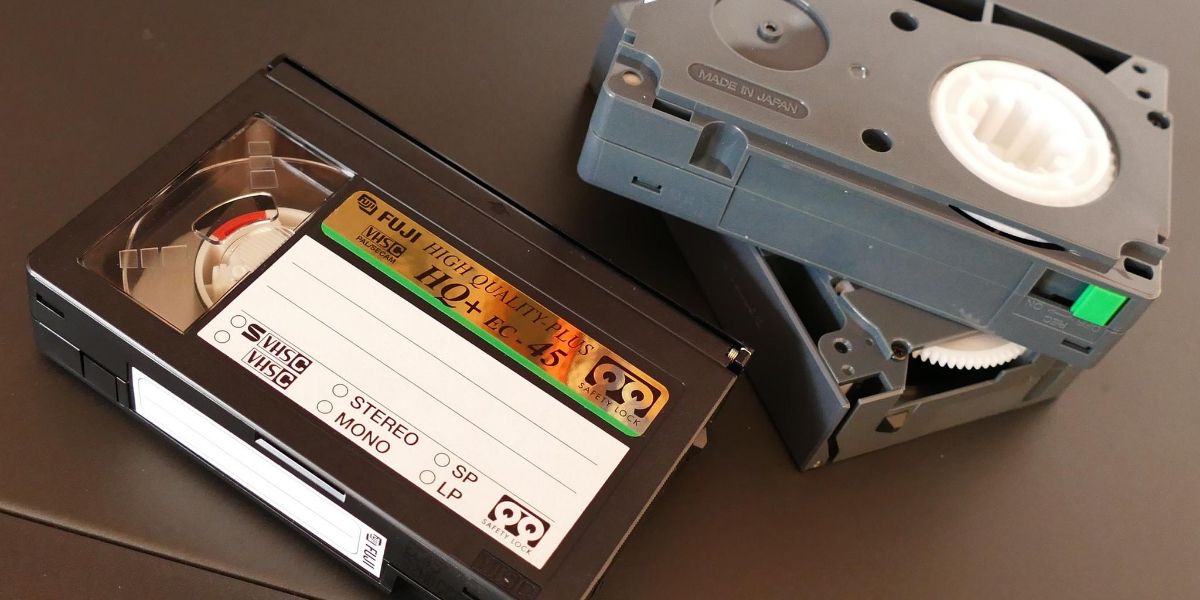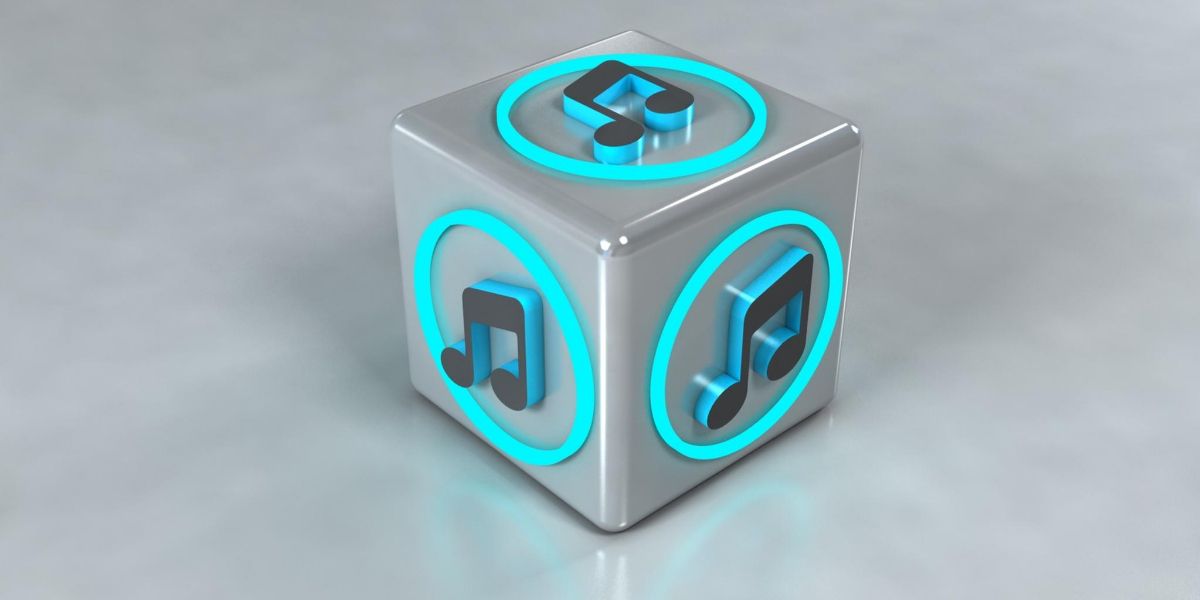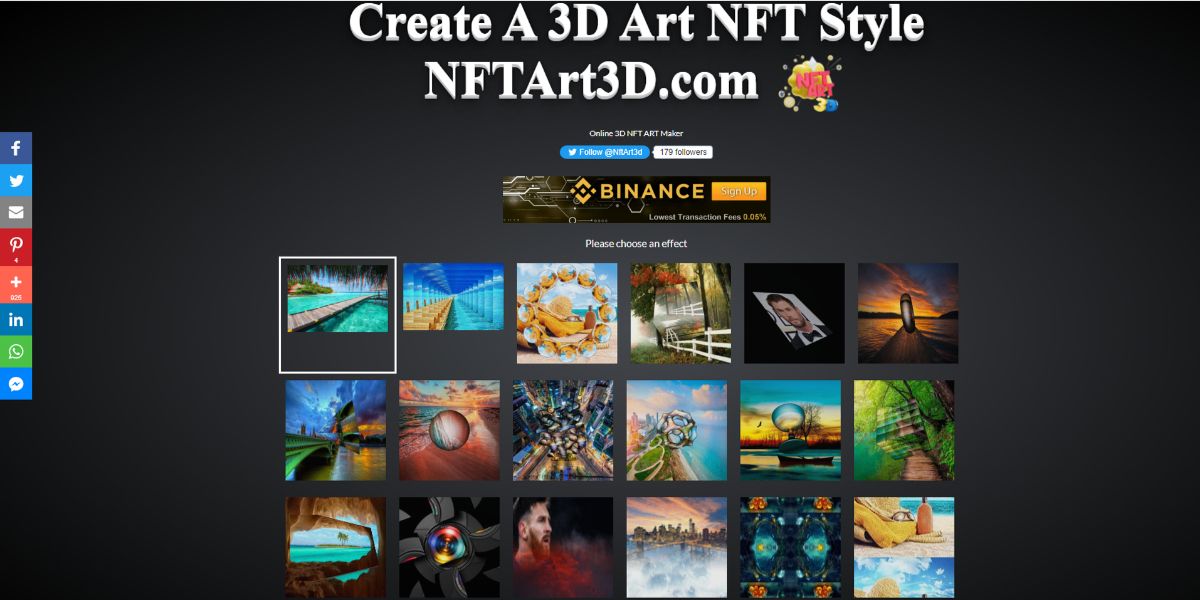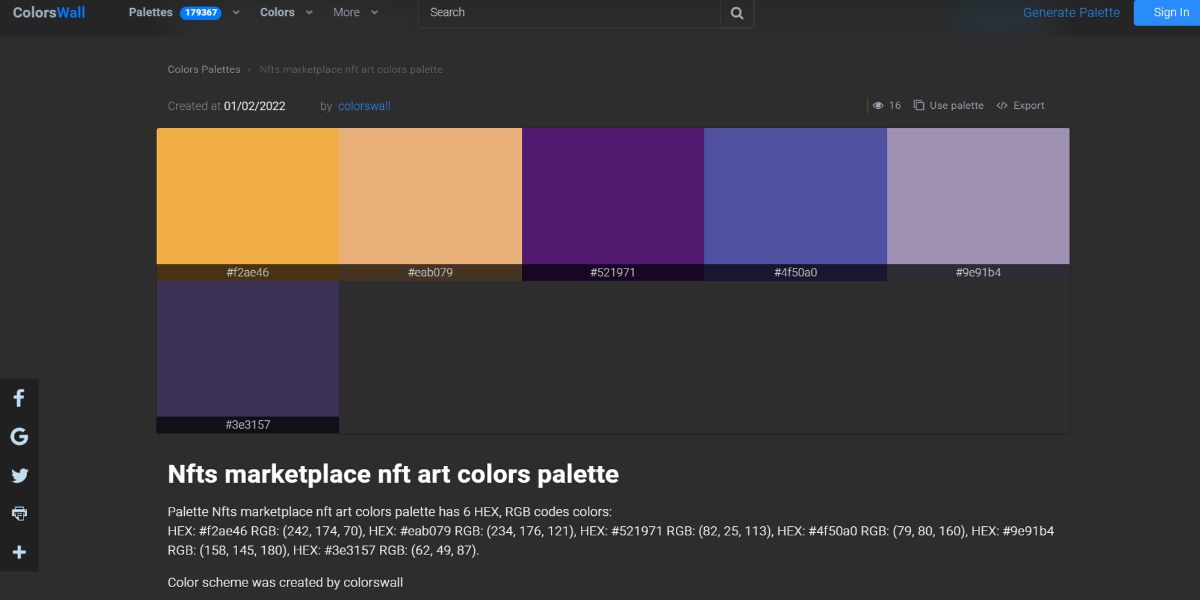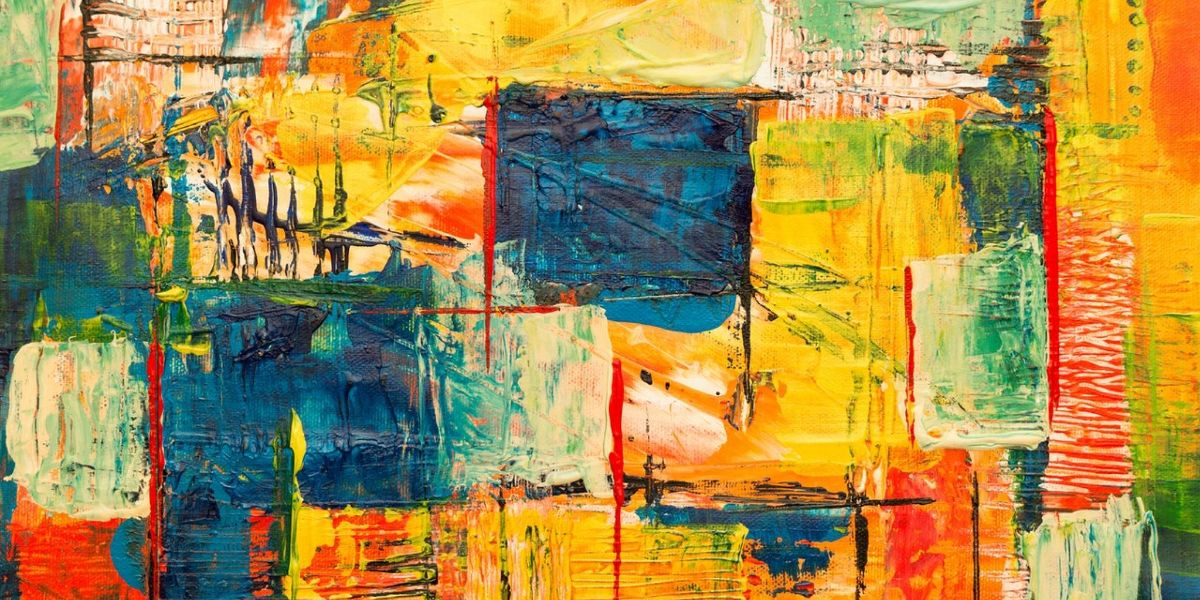Creativity is an ever-evolving process. Each year you’ll notice a different trend for color palettes, artworks, typefaces, and design elements for stock images, vector graphics, infographics, and videos.
Designers and digital marketers create content according to the current design trends, or there is a chance of isolation and poor performance. Hence, you need to know which creative direction is appropriate for you.
This article gives you a hand-picked list of the artistic trends that’ll help you retain your audience.
1. Designer Content for the Metaverse
The metaverse is attracting a lot of curiosity around the world. Since tech companies like Microsoft and Facebook have announced their plans to develop a metaverse, there is a lot of opportunity for content creators.
Your content needs to create a bridge between the physical and digital world, and need to follow the foundational aesthetics of metaverse content. You also have to consider including motion graphics and 3D content in your creative designs that are compatible with the augmented reality (AR) and virtual reality (VR) realms.
Your color palette for metaverse content design typically includes light green, blue, deep blue, purple, and magenta.
2. Put Our Planet First
The global population is becoming more and more environmentally conscious. Climate change and environmental devastation have been in the headlines for years now. Thus, there is a growing demand for designer content on the environment and eco-friendly topics.
If you create graphics and videos for environment and climate change campaigns, something like the Clean The Environment Color Scheme from SchemeColor is ideal. You can also get inspiration from the Adobe Stock collection for creative design ideas (this goes for any aesthetic).
3. AR-Based Immersive Designs
Immersive content attracts the audience to engage with your brand more closely since the user feels involved with what they see. When you include 3D artworks, animated videos, and 3D GIFs into your creative designs, it can help you win over your audience.
You can further extend user involvement by pushing your content through AR and VR systems. Online brands focus more on AR filters, interactive images, and 3D shoppable content. Therefore, they will need creative designers for premium content.
These types of designs usually feature a color palette of pale pink, red, cyan, blue, and navy blue.
4. Optimistic and Fun-Loving
If you don’t want to let your audience think too hard about your content, you can always go for feel-good, fun-loving, optimistic, and playful designs. Such graphical or visual content should consist of bold and bright colors.
If you want to elevate the feel-good vibe, you can inject grainy textures and soft pastels. You can also use gradients to create a laid back and calming atmosphere.
Brands of foods, beverages, beauty, clothing, and other consumer products rely on this type of style to keep their consumers motivated. If you can create visuals that trigger enthusiasm, laughter, and hope, you’re more likely to score projects from big brands.
5. Y2K Aesthetics
To create something unique and revisit the glorious past, designers are exploring Y2K-inspired designs. Since most of the global workforce and their families have been staying home since the pandemic, people tend to become nostalgic.
Now, they think more about the beginning of this millennium, when the world used to be a lot more optimistic about the advances in tech and the economical boom. You can capitalize on this hankering for nostalgia; you can create photographic content of CDs, MP3 players, old computers, stereo radios, cassette tapes, retro gaming consoles, and so on.
Include nostalgic items, videos, and animations in your creative asset portfolio, and stick to a color palette that consists of navy blue, neon blue, light purple, pink, and magenta.
6. 3D Design
Three-dimensional designs are on the rise because of all the easy-to-use graphic design tools out there right now. These tools come with many 3D designs, vectors, shapes, animations, and GIFs.
All you need is a general idea of the dimension and depth of visual designs. You can create attention-grabbing 3D content by infusing your artboard with 3D animations, flat illustrations, and photos. Various 3D content like abstract generative art and life-like designs is in high demand right now. This is because consumers can immerse themselves in it.
3D typography is also trending as more brands ask for logos and marketing materials made with 3D fonts.
7. NFT and Crypto Art
NFT or crypto-based designs and artworks are blowing up among graphic designers, 3D designers, and NFT art patrons. There are two different approaches to NFT content creation.
Firstly, you can create your own NFT artworks and enlist them on an NFT marketplace for valuation. Not only do you get a one-time sell value for your NFT, but you can also get royalties for secondary sales.
Secondly, NFT marketplaces, NFT wallets, NFT trading mobile apps also require promotional videos, graphics, illustrations, and animations. Thus, you can experiment more with this design niche to get the best value out of your artistry.
For your NFT art-based creative assets, try a color palette consisting of orange, amber, violet, purple, and navy blue.
8. Escapism
Since numerous internet users have become habituated to stay-at-home practices, they’re now seeking visual content that gives them the feeling of experiencing the external world. This is a form of escapism.
The escapist art theme in graphic designs and illustrations will attract a lot of users who long for the external world to websites, blogs, and social media profiles that feature these themes.
Escapism lets you expand your imagination and ultimately forges a better connection with your audience, making them engage with your brand more. This increases the potential for growth in revenue.
Visually, this creative theme consists of unexpected colors and playful characters. You can experiment with the color palette, but it usually features orange, red, black, amber, and olive.
Hop on Creative Trends to Boost Your Content
Now that you know what’s trending, it might be time to start incorporating these themes into your own art, designs, videos, or illustrations. It will boost the engagement from your audience, which can put you on the map.
There are many tools that can boost your creative workflow, as well, such as Google Workspace.

